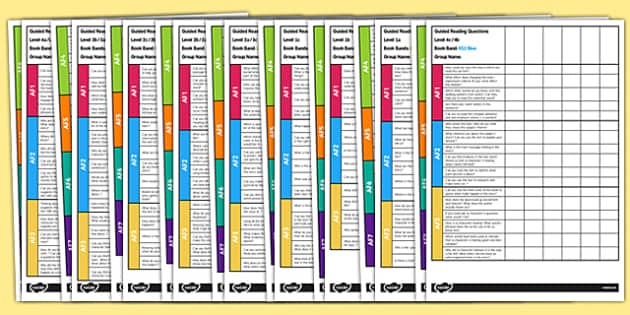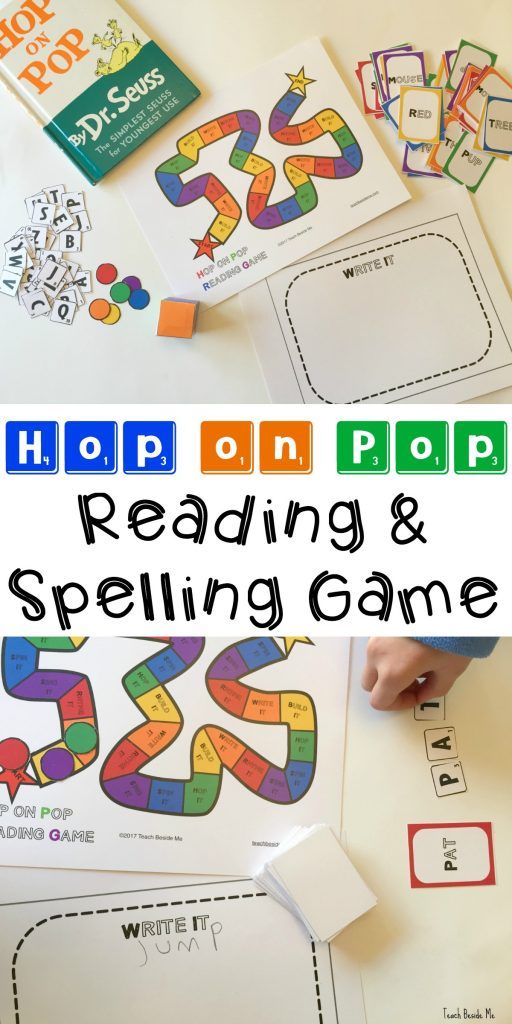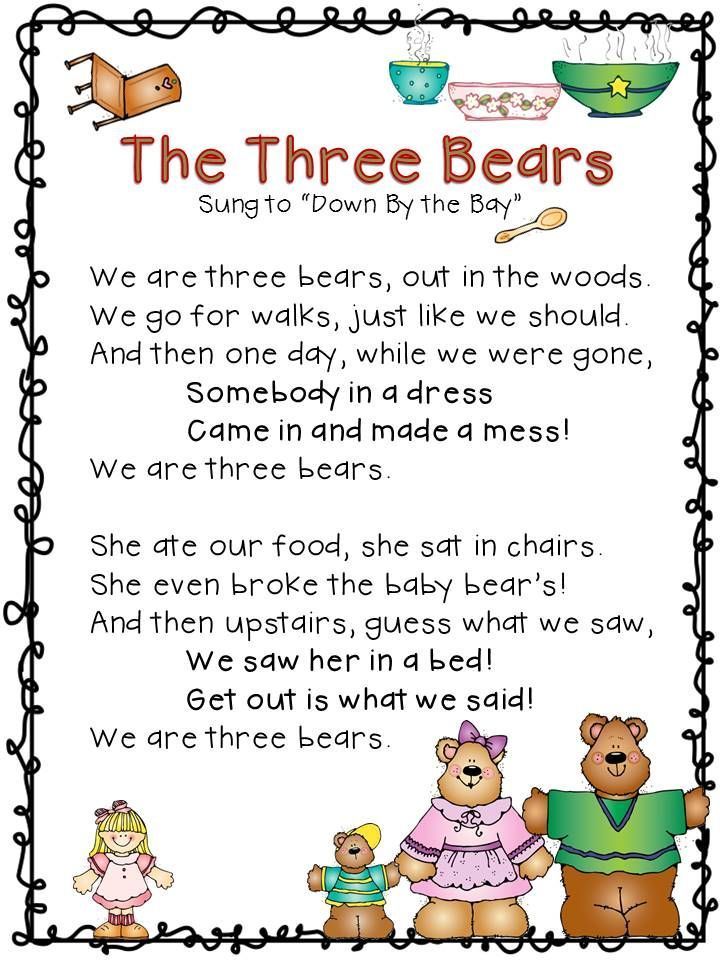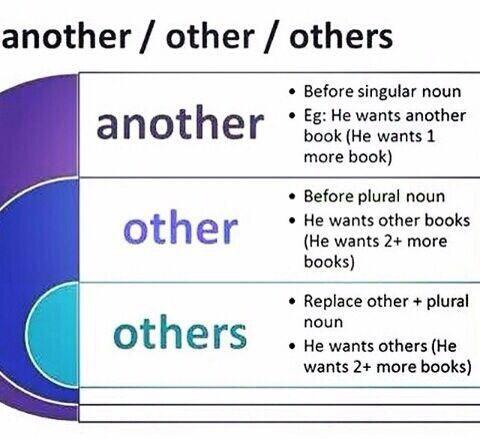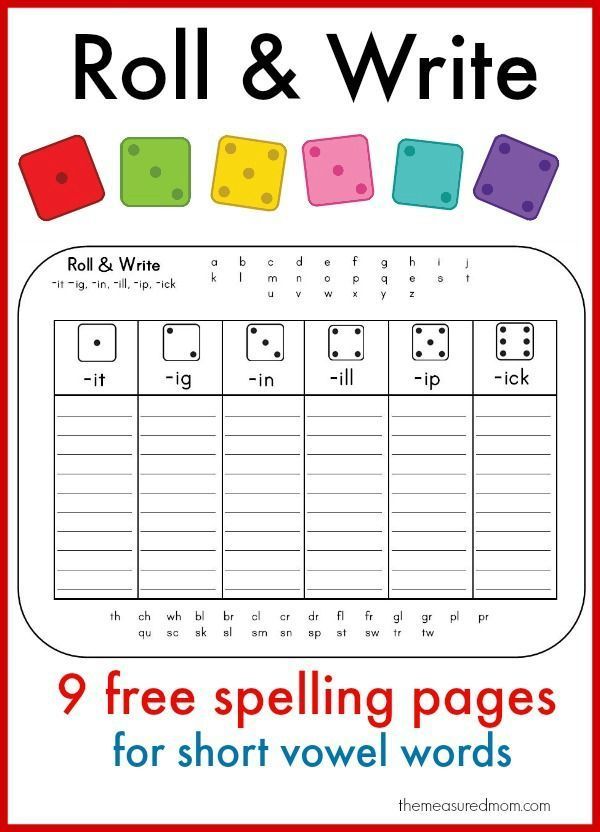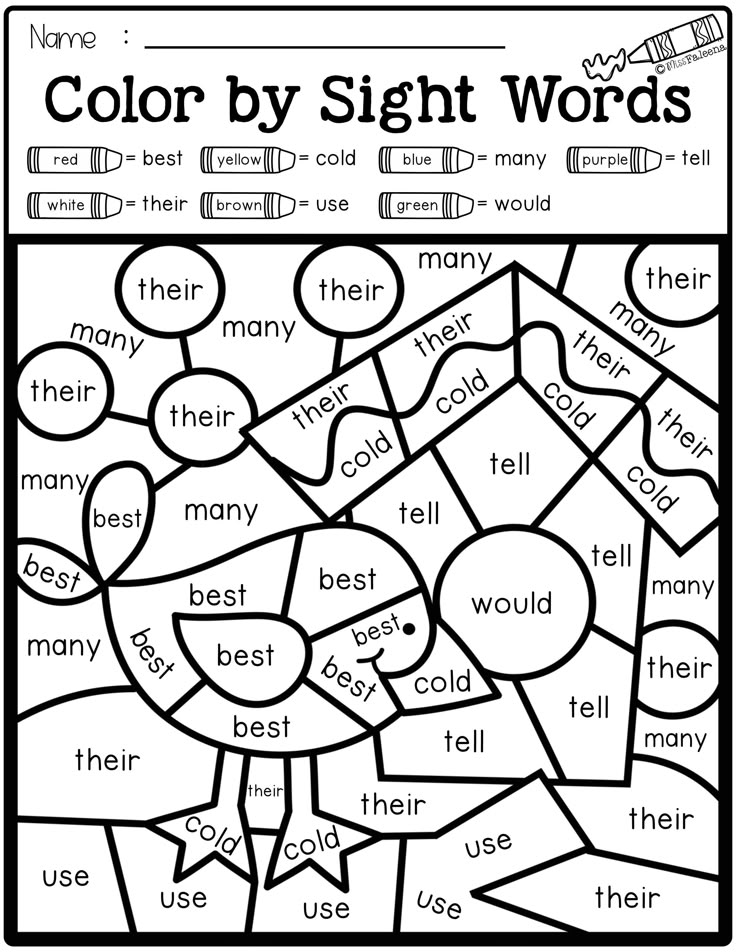Different reading levels
The Four Levels of Reading: Improve Skills One Level At A Time
One of the secrets to acquiring knowledge is to read. A lot. My Hero, Charlie Munger, said it best “In my whole life, I have known no wise people (over a broad subject matter area) who didn’t read all the time – none, zero.”
Picking up a book and reading the words is the easy part. Reading to understand is much harder.
The key is not simply to read more but rather be selective about what we reading and how we are reading.
This article, the first in a multi-part series on improving our reading skills, outlines the four levels of reading.
“Books give delisght to the very marrow of one’s bones. They speak to us, consult with us and join us in a living and intense intimacy.” — Petrarch
Mortimer Adler originally published How To Read A Book in 1940. It immediately became a bestseller. Since that time the book has been updated and recast many times, most notably by Charles van Doren in the 1970’s.
Active Reading
There is no such thing as passive reading. All reading, to some degree, is active reading. The only difference is that some reading is more active than others. And when it comes to reading to learn something or reading for information something the more active your reading habits the better.
Reading is a complex activity, just as writing is. It consists of a large number of separate acts, all of which must be performed in a good reading. The person who can perform more of them is better able to read.
Success in reading is determined to the extent that you receive what the writer intended to communicate. That doesn’t mean you agree with them, only that you understood them.
Reading For Understanding or Information
Assuming we’re not reading for entertainment, there are two things we generally want to get from reading. We can read to acquire information and facts or we can read to learn something new and improve our understanding.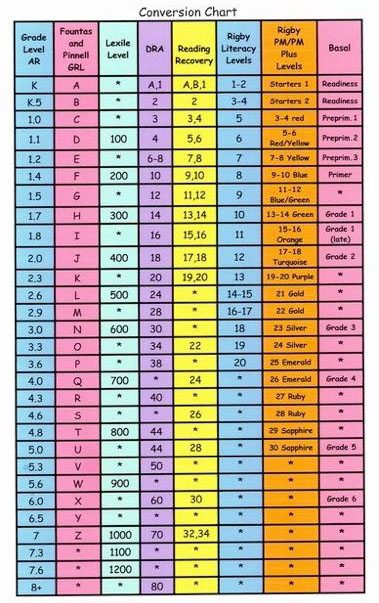
Reading for entertainment is self-explanatory.
Reading for information is the one in which we read media or anything else that’s easily digestible. These things give us more information but don’t improve our understanding. There is no shock, no moment of … that doesn’t make sense.
Alternatively, we can try to read something by someone who knows more about the subject than we do. After reading works by authors who know more about a subject than we do, our understanding is changed … it may be the case that we better understand something or perhaps we understand that our understanding was incomplete. Either way, our understanding has changed.
The easiest way to improve our understanding is from people who understand more about the subject than we do.
So half the battle of reading for understanding is to identify and select works from someone (or a group of people) who know more about a subject than we do. The internet and Amazon have made this much easier with ratings and book reviews.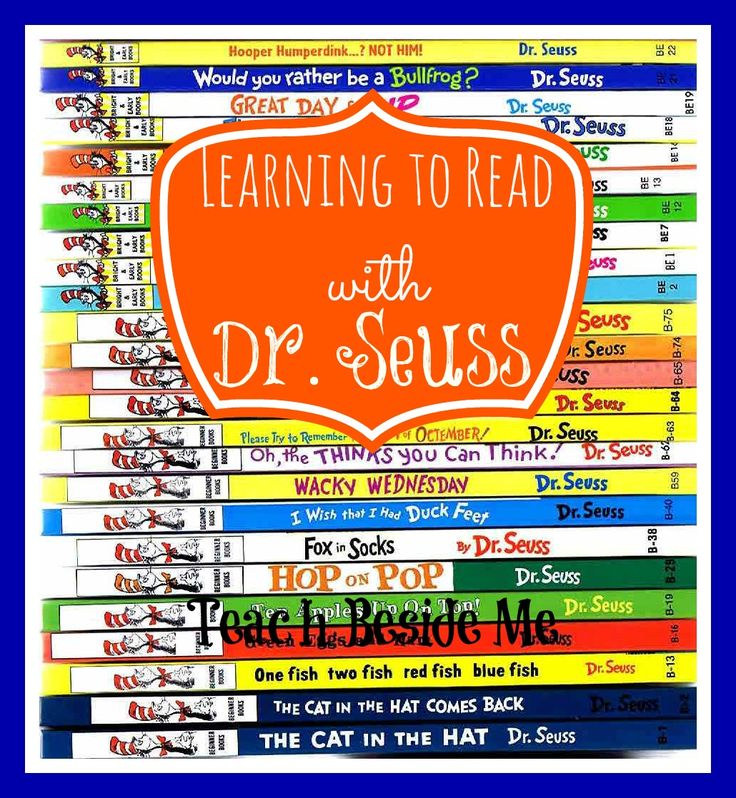
And if you can read for understanding, you need not worry about reading for information or entertainment as, being less demanding, they will take care of themselves.
Instruction or DiscoveryTo be informed is to know simply that something is the case. To be enlightened is to know, in addition, what it is all about: why it is the case, what its connections are with other facts, in what respects it is the same, in what respects it is different, and so forth.
This is the difference between being knowing the name of something and knowing something.
… if you remember what an author says, you have learned something from reading him. If what he says is true, you have even learned something about the world. But whether it is a fact about the book or a fact about the world that you have learned, you have gained nothing but information if you have exercised only your memory. You have not been enlightened. Enlightenment is achieved only when, in addition to knowing what an author says, you know what he means and why he says it.
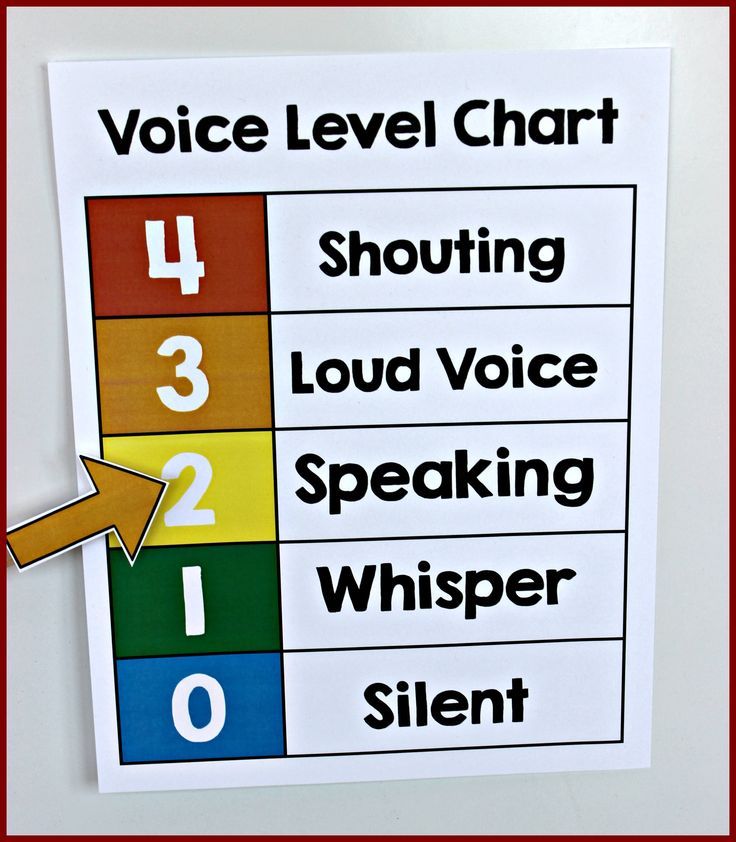
You can’t be enlightened unless you are informed, however you can be informed but not enlightened.
Montaigne speaks of “an abecedarian ignorance that precedes knowledge, and a doctoral ignorance that comes after it.”
The first is the ignorance of those who, not knowing their ABC’s, cannot read at all. The second is the ignorance of those who have misread many books.
The Greeks had a name for people who have read too widely and not well, sophomores.
Being widely read and well-read are not the same thing. Adler argues that to avoid this error we must distinguish between how we learn into instruction and discovery.
The art of reading, in short, includes all of the same skills that are involved in the art of unaided discovery: keenness of observation, readily available memory, range of imagination, and, of course, an intellect trained in analysis and reflection.
The goal of reading determines the best way to read the material in question.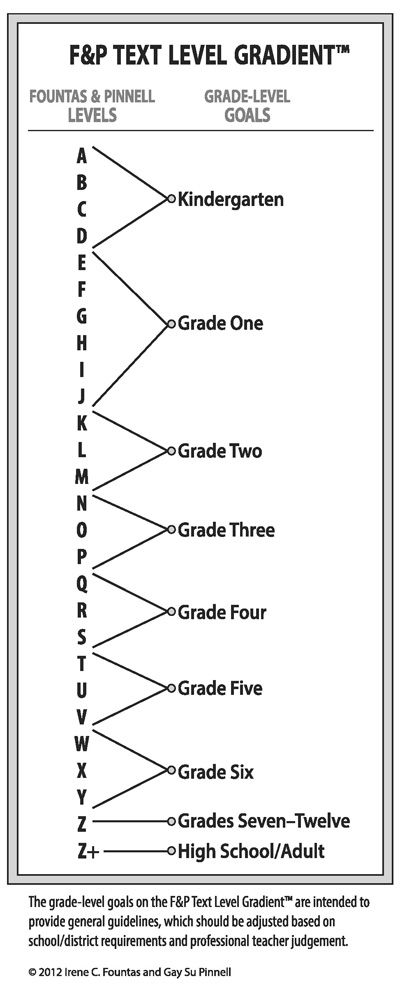 If we’re reading for entertainment, we’re going to read a lot differently than if we’re reading to build a rocket ship.
If we’re reading for entertainment, we’re going to read a lot differently than if we’re reading to build a rocket ship.
A thorough understanding of the levels of reading is necessary before we can improve our reading skills.
There are four levels of reading. They are thought of as levels because you can’t reach the higher levels without a firm understanding of the previous one — they are cumulative.
1. Elementary Reading
The first level of reading is elementary reading, which is what we learned to do in elementary school. Most of us never get beyond this level.
Other names might be rudimentary reading, basic reading or initial reading; any one of these terms serves to suggest that as one masters this level one passes from nonliteracy to at least beginning literacy. In mastering this level, one learns the rudiments of the art of reading, receives basic training in reading, and acquires initial reading skills.
2. Inspectional Reading
The second level of reading is inspectional reading, which can be thought of us intelligently skimming a book in a limited amount of time.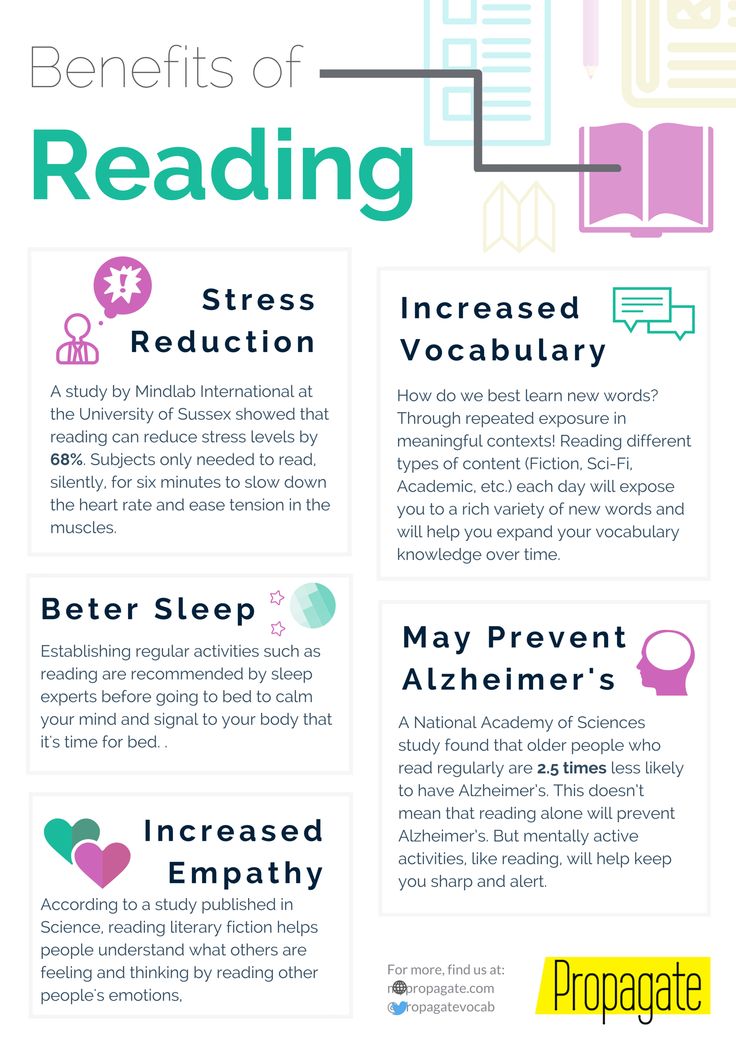 Not only does this prime our brain with the material in the book, but it helps us determine if we want to read the entire book.
Not only does this prime our brain with the material in the book, but it helps us determine if we want to read the entire book.
Adler writes:
[A]nother name for this level might be skimming or pre-reading. However, we do not mean the kind of skimming that is characterized by casual or random browsing through a book. Inspectional reading is the art of skimming systematically.
The point of inspectional reading is to examine the “surface” of the book.
Adler guides us:
Whereas the question that is asked at the first level is “What does the sentence say?” the question typically asked at this level is “What is the book about?” That is a surface question; others of a similar nature are “What is the structure of the book?” or “What are its parts?”
Inspectional reading is underappreciated by a lot of readers because they see it as a waste of time.
A lot of people like to read linearly. They pick up a book, turn to page one, and plow steadily through it without ever reading so much as the table of contents.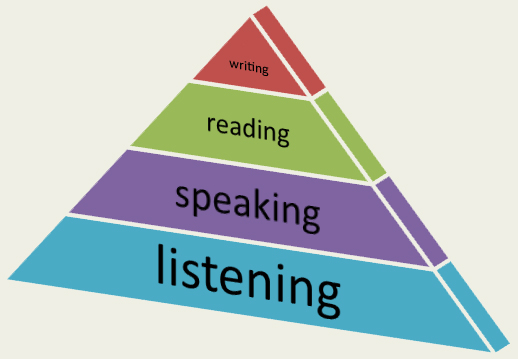 “They are,” writes Adler, “thus faced with the task of achieving a superficial knowledge of the book at the same time that they are trying to understand it.” This makes reading more difficult, not less.
“They are,” writes Adler, “thus faced with the task of achieving a superficial knowledge of the book at the same time that they are trying to understand it.” This makes reading more difficult, not less.
3. Analytical Reading
The third level of reading is called analytical reading, which goes deeper than inspectional reading. If your goal in reading is entertainment or acquiring information, analytical reading is not necessary. However, if you are reading to improve understanding, analytical reading is entirely necessary.
It is both a more complex and a more systematic activity than either of the two levels of reading discussed so far. … Analytical reading is thorough reading, complete reading, or good reading— the best reading you can do. If inspectional reading is the best and most complete reading that is possible given a limited time, then analytical reading is the best and most complete reading that is possible given unlimited time. The analytical reader must ask many, and organized, questions of what he is reading.
… [A]nalytical reading is always intensely active. On this level of reading, the reader grasps a book— the metaphor is apt— and works at it until the book becomes his own.
Francis Bacon remarked “some books are to be tasted, others to be swallowed, and some few to be chewed and digested.” Think of analytical reading as chewing and digesting.
4. Syntopical Reading
The fourth and most difficult level of reading is syntopical reading.
It is the most complex and systematic type of reading of all. It makes very heavy demands on the reader, even if the materials he is reading are themselves relatively easy and unsophisticated. Another name for this level might be comparative reading. When reading syntopically, the reader reads many books, not just one, and places them in relation to one another and to a subject about which they all revolve. But mere comparison of texts is not enough. … With the help of the books read, the syntopical reader is able to construct an analysis of the subject that may not be in any of the books.
It is obvious, therefore, that syntopical reading is the most active and effortful kind of reading.
This is the first article in a multi-part series on how to improve our reading skills.
How To Identify Your Children's Reading Levels + Which Books to Read
Want to know how to get your kids excited about reading? It starts with choosing appropriate books for their level. Here’s what you need to know about how to identify reading levels for kids!
How to Identify a Child’s Reading Level & Which Books Are Best for Each Reading LevelAre you looking for someone to explain reading levels in plain English?
Like, how you identify your child’s reading level and what they mean from the schools?
Some systems grade with numbers, while others are letters and scores. It’s no wonder it’s confusing.
I struggled with this too. I wanted to get my kids books that they could easily read but I didn’t understand what the levels meant and how to choose a book based on those.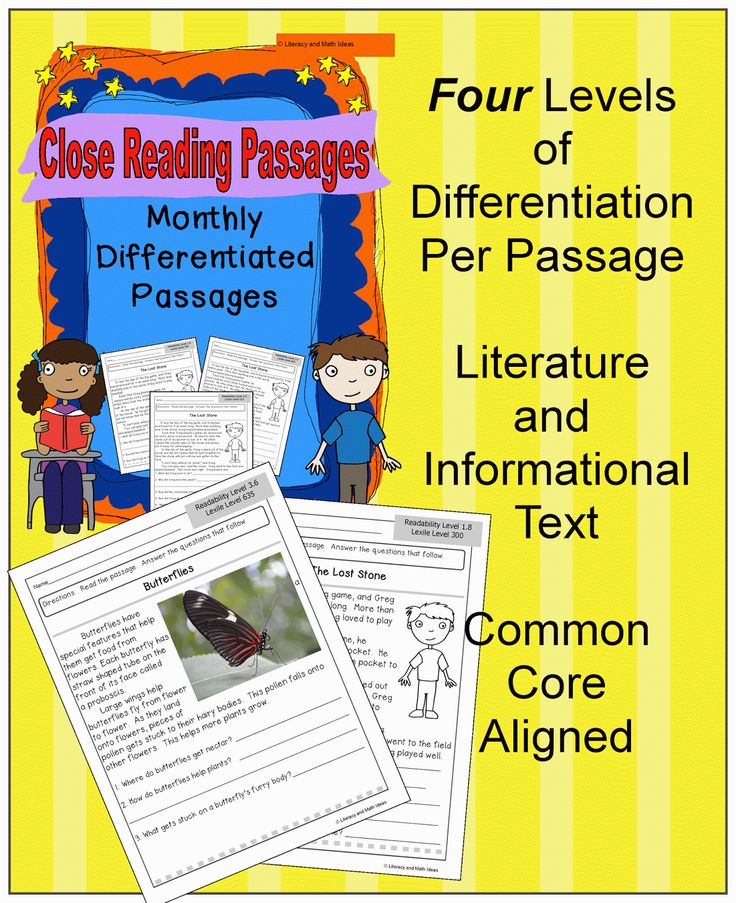 After lots of research and trial and error, I’ve finally cracked the code(s).
After lots of research and trial and error, I’ve finally cracked the code(s).
I’m here to answer all your questions so you can feel confident in understanding your child’s reading abilities and can continue to help them grow as readers.
By the time you are done reading this you will understand:
- What leveled reading is and why it’s used
- The 4 major reading level systems
- How you can identify your children’s reading levels
- What level your child should be at based on their age and grade
- And how to help them choose an appropriately leveled book that nurtures their love of reading
Let’s demystify these systems and help you gain confidence in helping your child improve their reading skills.
What is leveled reading and why is it used?
Reading is a skill that is developed over time. As your child is learning to read they need reading material that they can decode to help gain confidence in their reading skills.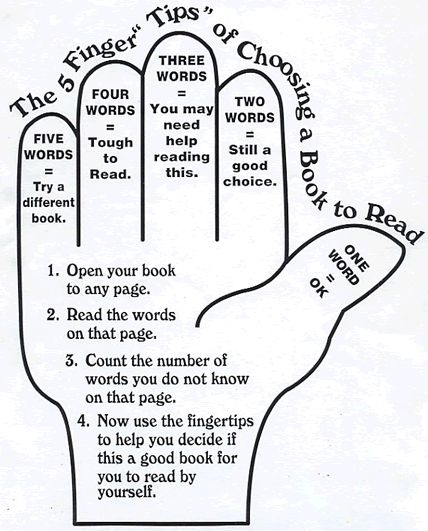
This is where leveled reading comes into play. Leveled reading breaks down how difficult a particular book is and where a child’s reading ability is. This way they are given books and individualized reading instruction that help them become better readers.
While reading levels can indicate if a child is below grade level, on grade level, or above grade level, the most important job these levels provide is to help a teacher develop a good strategy and plan to improve that child’s reading skills.
I think the biggest takeaway is that your child’s reading level does not determine their intelligence or even how successful they will be in school. Instead, reading levels help teachers and homeschooling parents determine the best strategies to help your child succeed.
How to Identify Your Children’s Reading Levels
Most children who attend school sit down one on one with their teacher multiple times a year so that the teacher can identify your child’s reading level.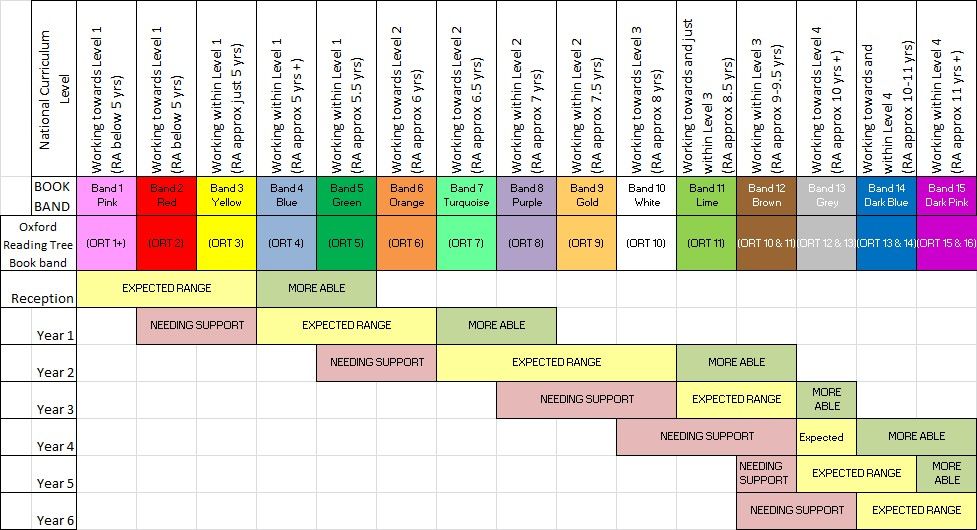 The teacher has the child read books from gradually increasing reading levels.
The teacher has the child read books from gradually increasing reading levels.
While the child is reading, the teacher takes into account how fluently and accurately the child reads, as well as their comprehension level.
To put it another way:
- Fluency means the child reads the text without many mistakes and can read it fluidly.
- Comprehension is how much the child is understanding from what they are reading.
A child who reads a book very fluently, without mistakes, can still not truly grasp what that book was about.
That lack of comprehension means that the book contains ideas, sentence structure, or vocabulary that is too difficult for them to understand and decipher. They would do better and enjoy reading more at a lower reading level.
How can you identify your child’s reading level at home?
Some websites advise parents to do an unofficial reading level assessment at home by making a running record.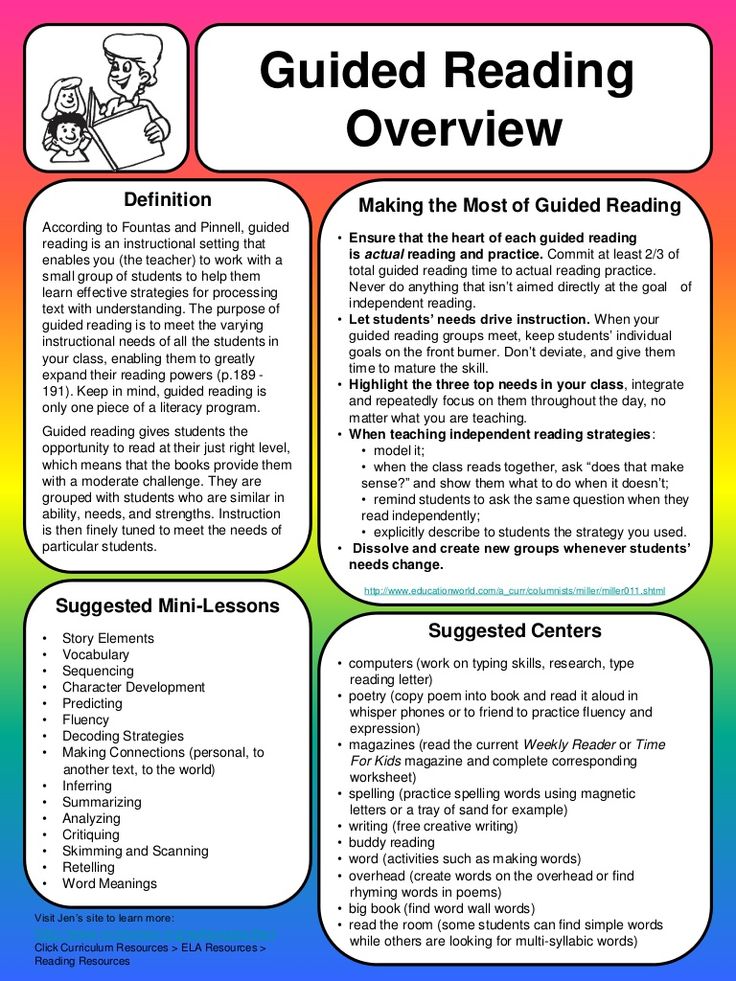 But I don’t think a running record is necessary at home. It’s overly complicated to just get an idea of your child’s reading skills.
But I don’t think a running record is necessary at home. It’s overly complicated to just get an idea of your child’s reading skills.
A running record is basically making a copy of the page that your child is going to read and mark down anywhere your child makes a mistake. A teacher would use this to identify particular reading struggles to give them a more complete picture of the child’s reading abilities.
Instead, what I suggest is choosing a variety of books that hover right around their level. Choose books that are slightly below what you perceive your child’s reading level to be. Also, pick out books on their level as well as one or two steps above their reading level. This way they have material they can easily master as well as books that will challenge them.
I found this really great list at Scholastic that outlines books based on Guided Reading Levels (I’ll get more in-depth about the different reading level systems in just a minute).
Here is a list of my favorite books to use to gauge and practice reading levels at home:
- A-C – Bob Beginner Books 1 (you can’t beat them),
- D-F – David Board Books (Level D), Go, Dog, Go (Level E and a classic we all may remember from our own childhood), Pete the Cat: Too Cool for School (Level F)
- G-I – Biscuit book series (Level G), Big Shark, Little Shark (Level I), Elephant & Piggie series by Mo Willems
- J-M – Fly Guy series (level J), Pinkalicious Series (level K), The Book with No Pictures (level L), The Day the Crayons Quit (level M)
- N-P – Stellaluna (level N), Nancy Clancy series (level O), Horton Hears a Who! (Level P)
- R-S – Shiloh (Level R), Matilda (Level S)
- T-V – How to Train your Dragon (Level T), Bud, Not Buddy (Level U), Holes (Level V)
- W-Y – Walk Two Moons (Level W), The Little Prince (Guided Level X), Echo (Level Y)
In the Bob Books, your child should read a couple of the books as they progressively get more challenging.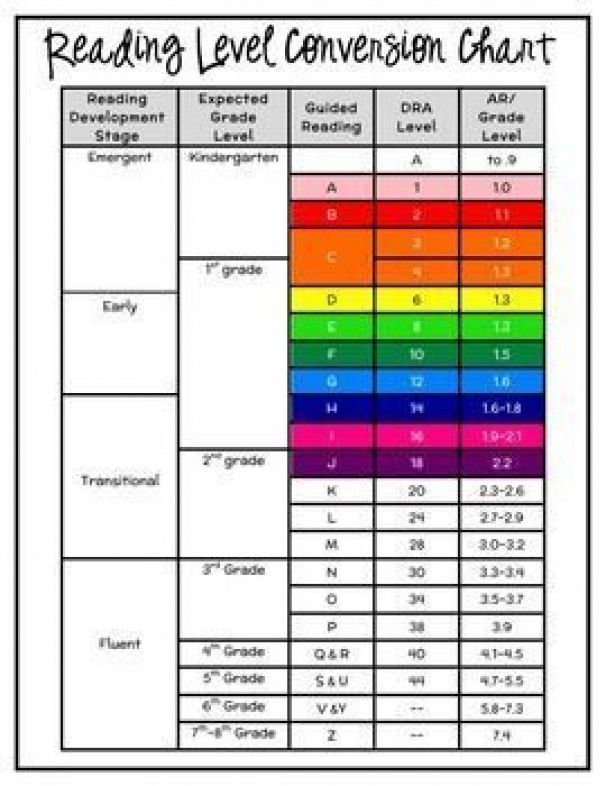 In other early reader short books, your child can either read the entire book or read a few pages.
In other early reader short books, your child can either read the entire book or read a few pages.
For longer books, one page is usually enough to get an idea if your child is mastering fluency and comprehension.
To gauge fluency, keep a simple tally count of mistakes as they are reading and notice if they are able to read with inflection and emotion. I keep track of mistakes by putting a clipboard on my lap under the table and making a small dot for each mistake. I make sure to do this completely out of the view of my child. The reason is simple: I don’t want them shutting down or losing the joy of reading simply because they see me marking mistakes.
Remember, the goal is to build a love for reading!
To evaluate their comprehension, you should pre-read the selection you are giving your child and have some ideas of a few questions you can ask them once they finish reading the selection.
When they get to a point that they are challenged but still comprehending with good fluency, you have found their approximate reading level.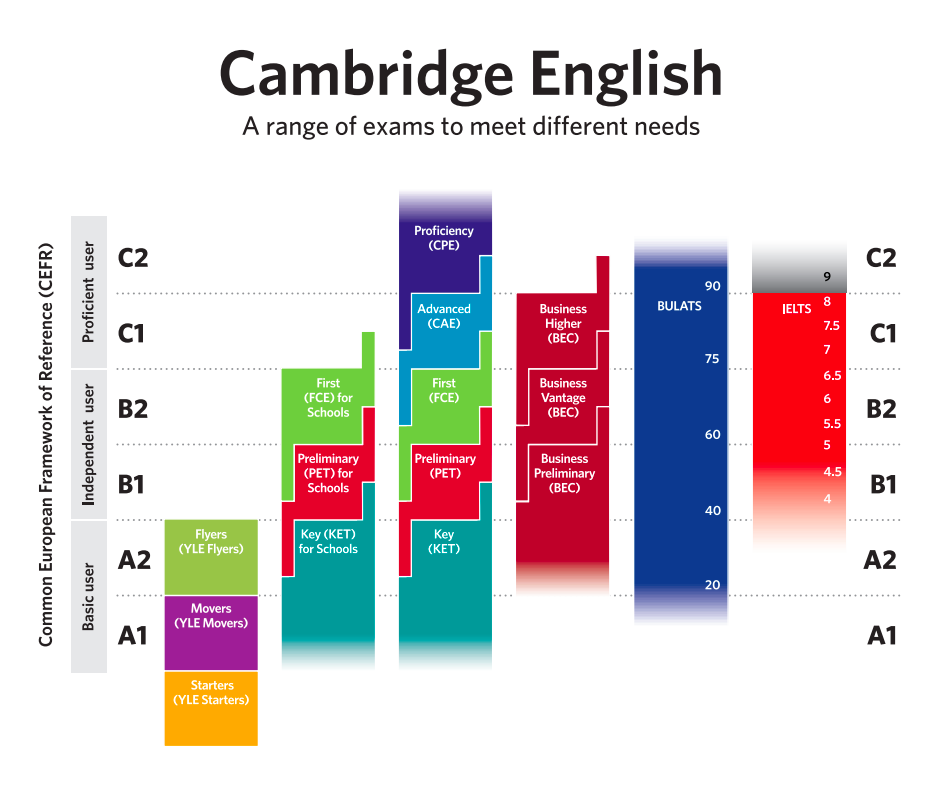
At home, they should have access to books that are one or two levels below their reading level. This builds confidence for budding readers.
The 4 Major Reading Level Systems
As if this whole reading level thing wasn’t confusing enough, there isn’t just one reading level system. In fact, there are 4 major reading level systems, which different school districts use.
The 4 major reading level systems are guided reading level, accelerated reader, developmental reading assessment, and Lexile measurement levels.
Let’s break these different systems down so you can understand the one that your child’s school uses, or one that you may want to adopt to track your child’s progress.
Guided Level ReadingThis is the system that I used to make the list of books for you to do your home reading assessment above.
It is also one of the most popular systems through school districts. So it only makes sense to go over it first.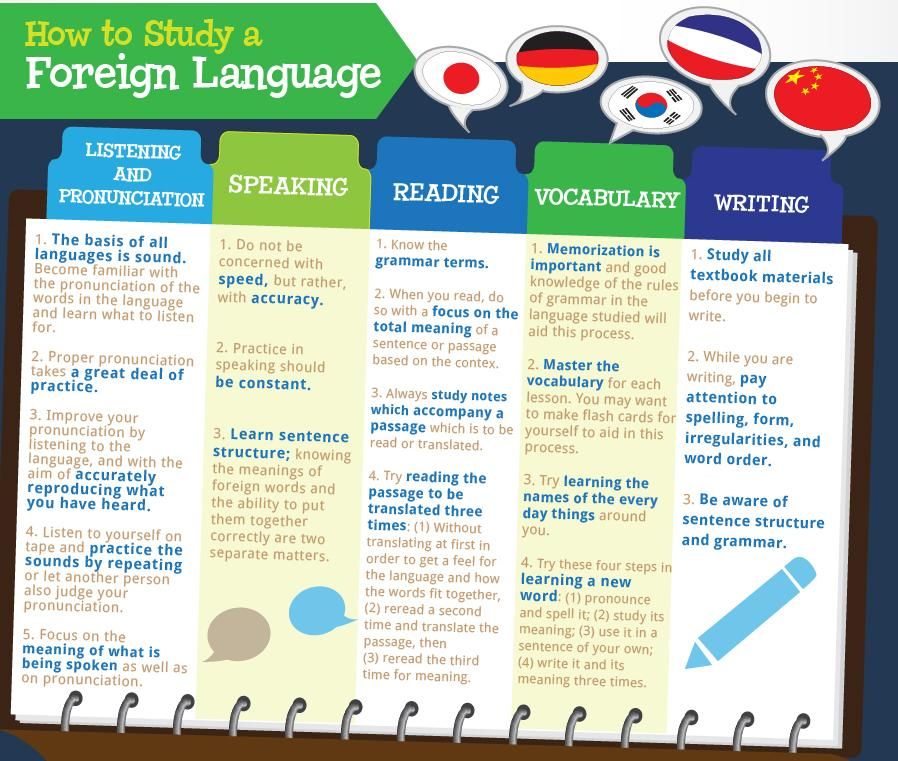
Guided Level Reading was developed by Irene Fountas and Gay Su Pinnell. It uses an alphabet system of dividing books into appropriate levels. Level A are the easiest books and they get progressively more challenging until you reach the most difficult books at Level Z.
For each grade level, there are multiple different reading levels so that as your child progresses they can get gradually more challenging books.
Children are tested on level by reading a benchmark book. That means a book that they have never read before is what you can use to determine their fluency and comprehension. The list of books I gave you above would be examples of benchmark books.
This system is popular because it gives a clear vision of where the child is with their reading skills but it isn’t as obvious to the child whether they are ahead, behind or on target with their peers. So it can be better for the child’s confidence and can reduce bullying or comparison.
This is by far my favorite system because once you know what letters correspond to which grade, it is very easy to understand.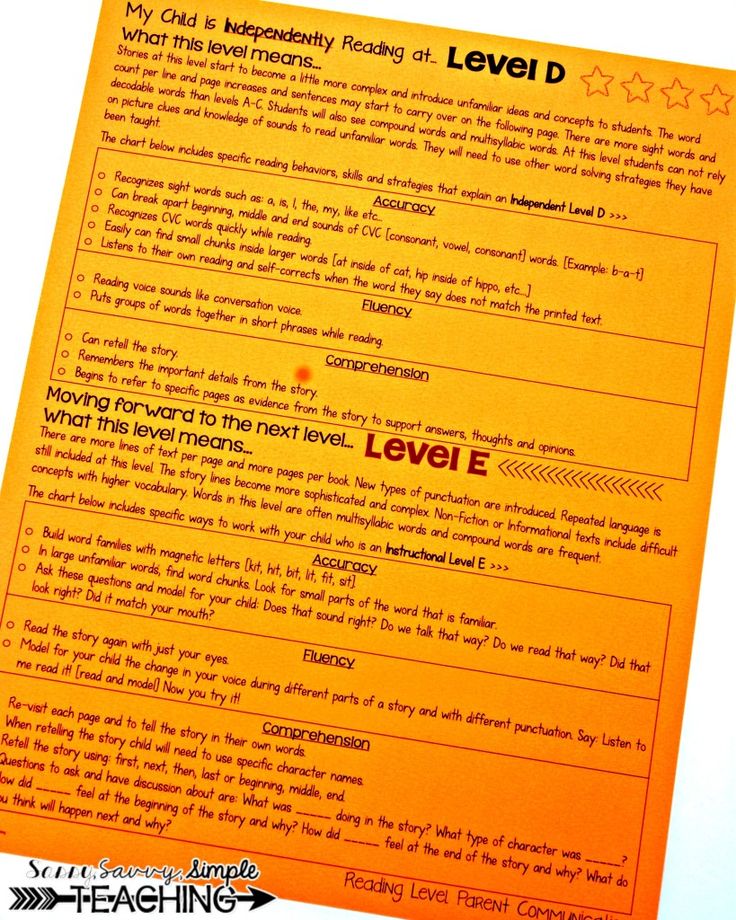
Accelerated Reader
Accelerated reader is the system I remember from childhood. Books are based on grade level with a decimal system giving each grade a scale of 10. So what does that look like?
A book could be leveled at 1.8 meaning it’s a first grade level book but the difficulty is moving towards a second grade level book. The biggest difference between Accelerated Reader system versus the other systems is that it has a computer program that quizzes children on the books they read.
This can be problematic for children struggling with reading. Quizzes can cause anxiety even in young children, and cause a negative association with reading.
For that reason, I am not the biggest fan of this particular system, but it is still very popular in the school system.
Developmental Reading Assessment
This system also starts by testing a child by reading a benchmark book. Remember, a benchmark book is a book that helps test your child’s fluency and comprehension.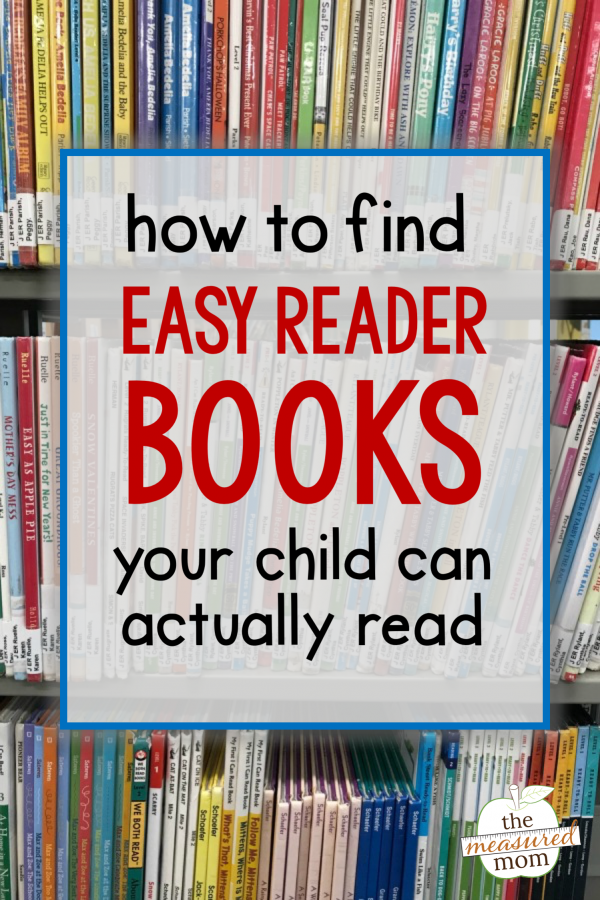
Developmental Reading Assessment (also called DRA) is a system of leveled books and tests created by Pearson (one of the most popular textbook and educational tools in the US).
I think this system is a little more confusing because it starts with a reading level labeled level A then immediately switches to numbers. So very beginning readers start with leveled A, then it switches to levels 1-80 with 80 being the most difficult.
This is also a very popular choice with school districts, so you may be used to seeing this.
This system ranks books and reading materials based on readability and how difficult it is to read them.
Lexile Measurement Levels
If your child’s reading levels look something like “200L”, then they are using the Lexile Measures system.
This system does not start with a benchmark book but with a standardized test. This system ranks books and reading materials based on readability and how difficult it is to read them.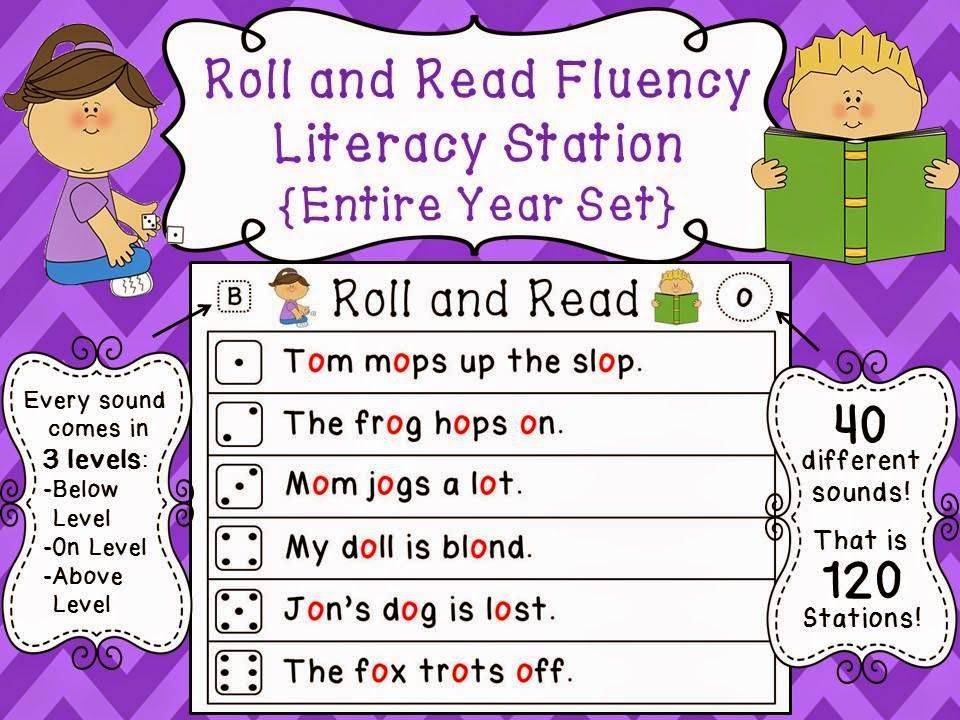
Levels for the Lexile Measuring system start with BR for beginner readers and then transition into a number like 700L for more advanced readers. Let’s be honest…this makes this system a little more confusing for us parents.
This is a less popular option for schools, but a few do use it. So I want to cover it in case you fall in this group.
What Levels Should Your Child be Reading Based on Grade?
Overall, reading levels are supposed to help with small reading groups and interventions if necessary. They also help a teacher to develop tailored instruction based on each child’s reading level.
How do you know if your child is reading on grade level based on their reading level?
I am going to break this down by grade and I am going to cover all 4 reading level systems: guided reading level (GRL), accelerated reader (AR), developmental reading assessment (DRA), and Lexile measurement levels (Lexile).
Then you can compare your child’s reading level with the reading levels for their grade to get a better understanding of where your child is with learning to read.
You can also notice that for all the reading level systems, except for accelerated reader, reading levels overlap between grades. So, for example, GRL reading level S could be for fourth grade or fifth grade.
Remember, your child may fall outside of these boundaries – they are just general guidelines.
Kindergarten Reading Levels
- GRL: A-C
- AR: 0.1-0.9
- DRA: A-4
- Lexile: BR40l-230L
- GRL: C-I
- AR: 1.0-1.9
- DRA: 4-16
- Lexile: BR
- GRL: I-M
- AR: 2.0-2.9
- DRA: 16-24
- Lexile: 107L-1080L
- GRL: M-P
- AR: 3.0-3.9
- DRA: 24-38
- Lexile: 415L-760L
- GRL: P-S
- AR: 4.0-4.9
- DRA: 38-40
- Lexile: 635L-950L
- GRL: S-V
- AR: 5.
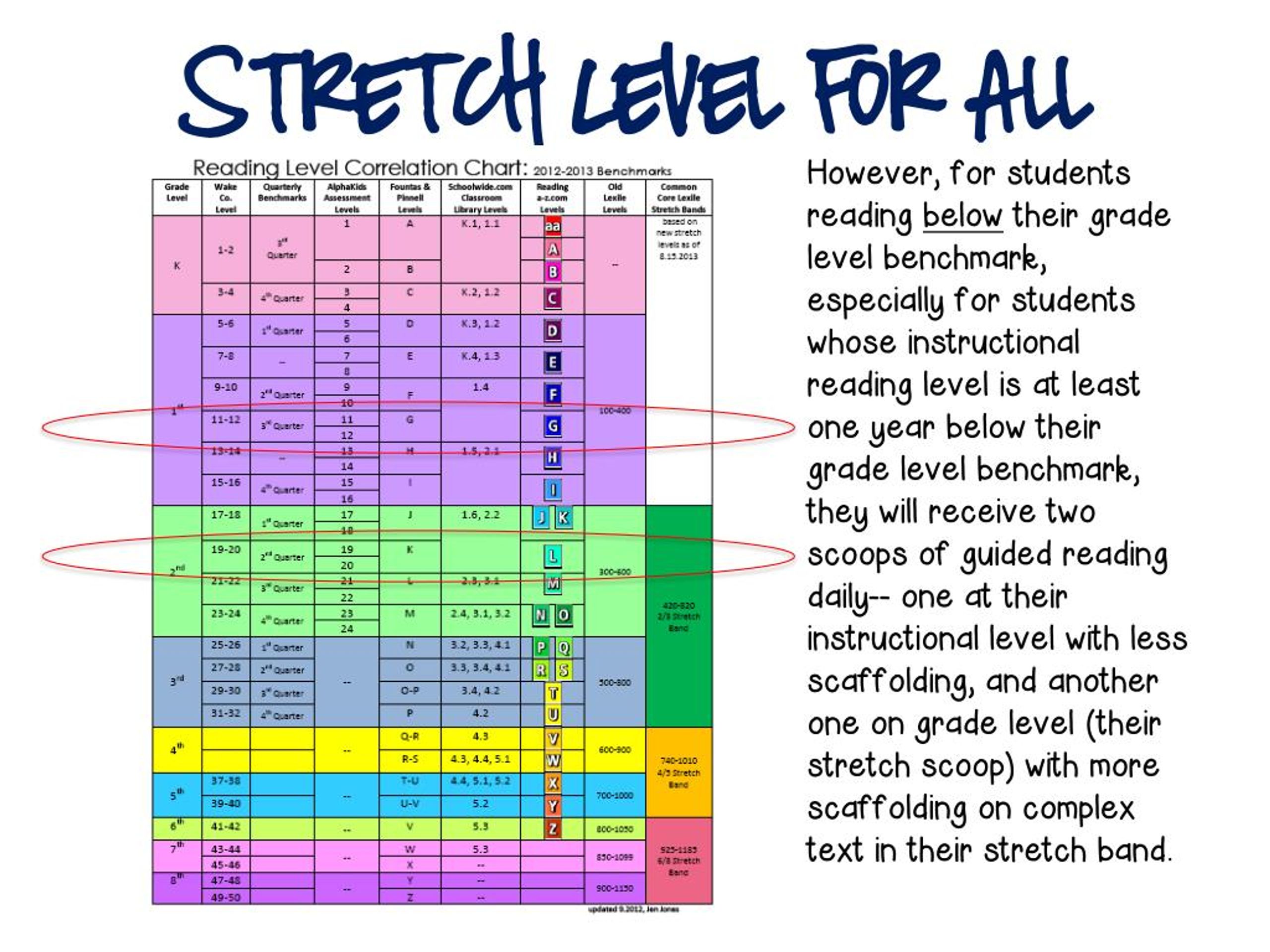 0-5.9
0-5.9 - DRA: 40-50
- Lexile: 770L-1080L
- GRL: V-Y
- AR: 6.0-6.9
- DRA: 50-60
- Lexile: 855L-1165L
What to do if Your Child is Reading Below Their Grade Level
If you are told your child is reading below grade level, it can be a gut punch. So what do you if your child is reading below grade level?
First, don’t panic. Children develop their reading skills at different stages, some children are early readers and some children take a little longer to get there. Just like some children walk early and some children walk late.
Next, just continue encouraging reading at home by reading books together and discussing what you’re reading. You can also continue to provide them reading materials they can comfortably read and enjoy.
Positivity and encouragement, along with shared reading time will go a long way!
How to Help Your Child Choose a Book to Read
So now that you know what your child’s reading level is and what that means, how can you help your child choose a book to read?
The number one factor in helping your child choose a book is to pick something they are interested in, even if it is above or below their level.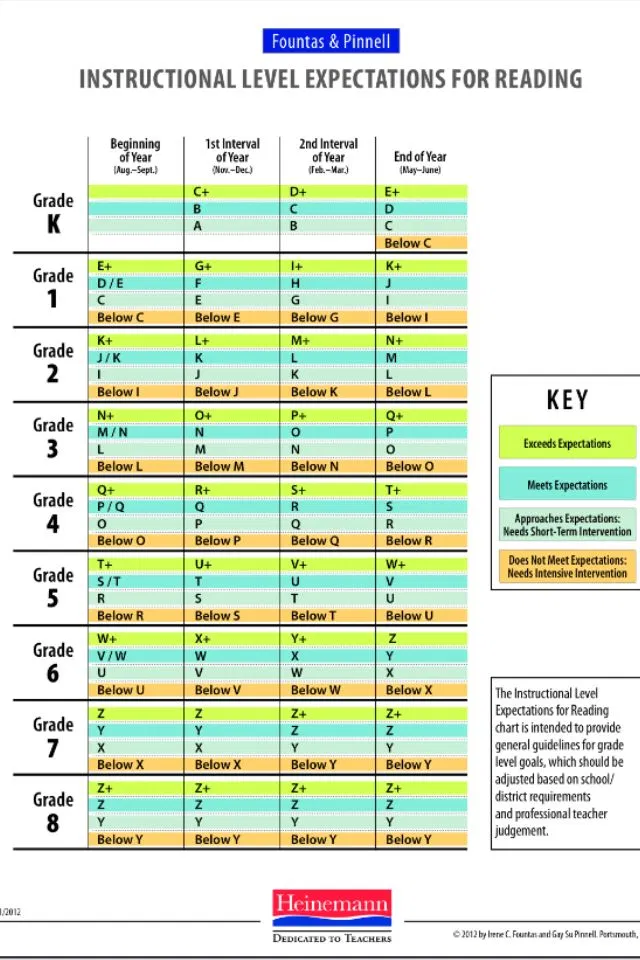
You want to foster a love for reading because it’s enjoyable. With time and practice, the skills will come! Of course, if you are truly concerned, speaking with your child’s teacher to come up with a game plan may be helpful as well.
The Takeaway
At this point, I hope you feel more confident in understanding the different reading level systems and how they are used to help your child to become a better reader.
Remember, your child’s score is not an indicator of how successful they will be and all children develop reading skills at different ages.
Just continue to nurture a love for reading with your child by providing them books they are interested in and spending time reading to them and with them. You’ve got this!
More Resources On Positive Parenting & Screen Free Kids:
- Safety Tips for Kids: Books to Reinforce Safety Rules for Kids
- Pros and Cons of Homeschooling: Weighing School Options
- 10 Ways to Limit Screentime and Raise Unplugged Kids
- Creating Screentime Rules for Summer (Free Printable)
- 10 Screen-Free Alternatives Before Bedtime
- Printable Screen time Rules Checklist for Kids (PDF)
Speed reading featuring Text comprehension / Habr
Hello everyone.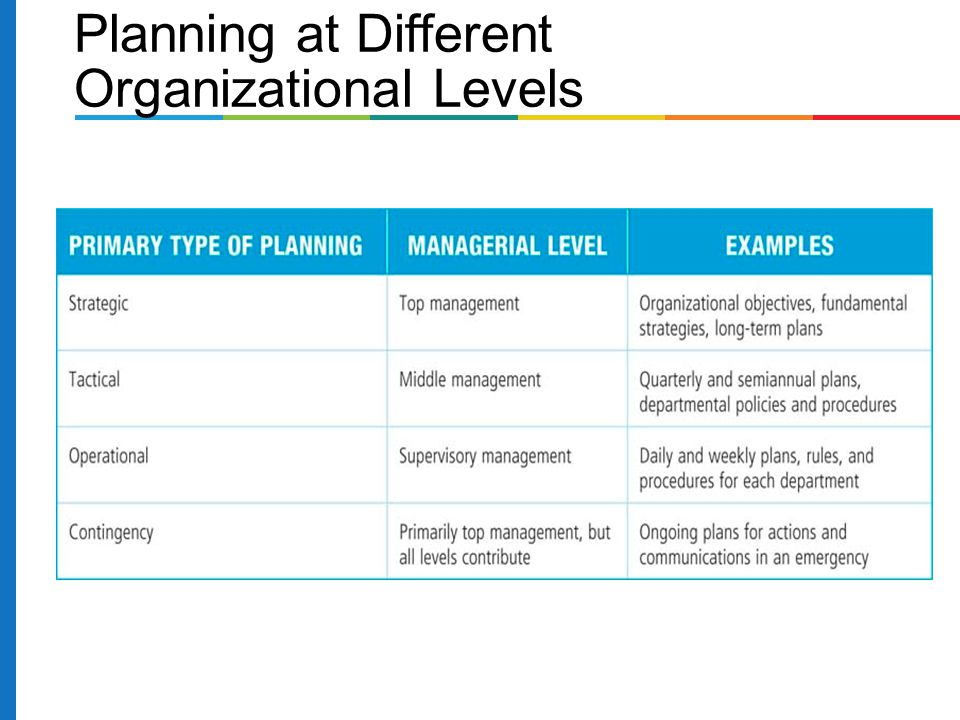 Based on previous experience, I consider it necessary to immediately place all the dots over ё. The technique described below is not my invention. However, I can assure you from my own experience that it works. Exactly as promised.
Based on previous experience, I consider it necessary to immediately place all the dots over ё. The technique described below is not my invention. However, I can assure you from my own experience that it works. Exactly as promised.
The idea described in the post appeared a long time ago (there is a story under the cut), in the form in which I will tell it, for the most part it is presented in Tony Buzan's wonderful books Use You Head and The Speed Reading Book (the latter has a lot of water).
The post addresses the issues of reading speed, text comprehension, and how to significantly improve both.
Written by the user cympak. Dedicated to everyone who reads a lot: be it business documents, works of art or articles on Habré like this one.
Before I get to the point, I ask you to take a six-question Yes/No test.
1. Reading over 1000 wpm is not possible?
2. Does slow reading speed improve text comprehension?
3. Is skipping words while reading a bad habit that impairs understanding of the text?
4.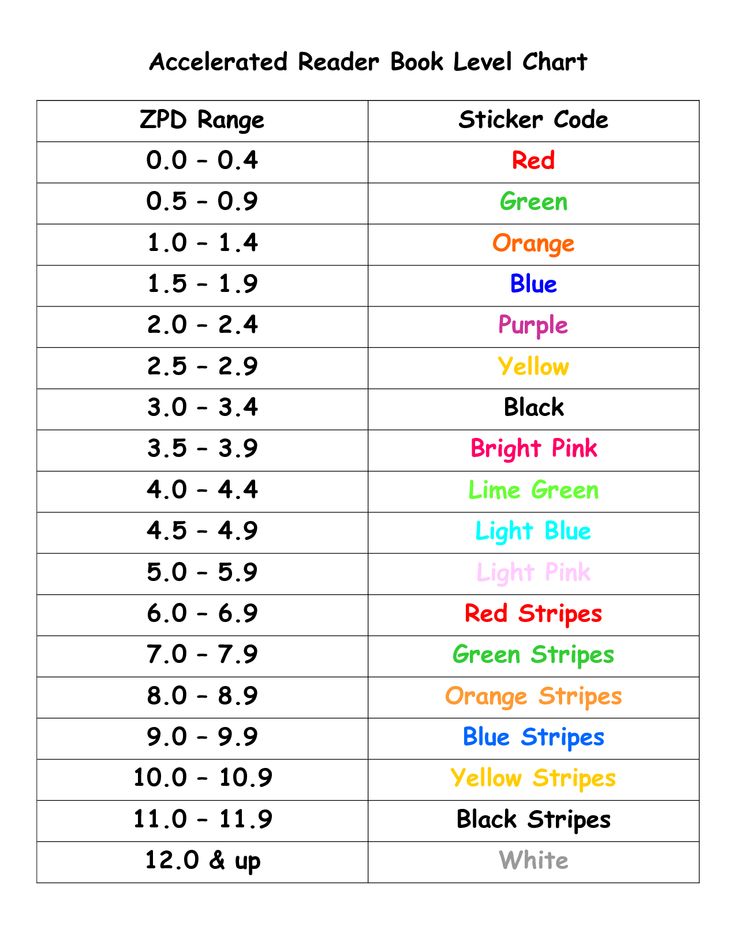 By default, we all read at a “natural” speed for us, and therefore the best?
By default, we all read at a “natural” speed for us, and therefore the best?
5. If you do not understand a word or sentence, is it better to reread it and understand?
6. Are your eyes constantly moving while reading?
For results and, finally, interesting things, welcome under cat.
The answer is NO to all questions :) If you answered at least one question with YES, then you will learn something interesting from this article. The rest already know the topic and can go straight to the comments :)
Plan.
Preface.
I. The history of speed reading.
II. The key to everything is eye movements (what is good and what is bad).
III. Exercises and tricks.
FOREWORD.
Many factors affect the quality and speed of reading, and I can't talk about all of them in one habra post. Therefore, here I have focused on the methodology and physiology of reading.
I will not talk about such (important enough) things as motivation or creating a comfortable work environment .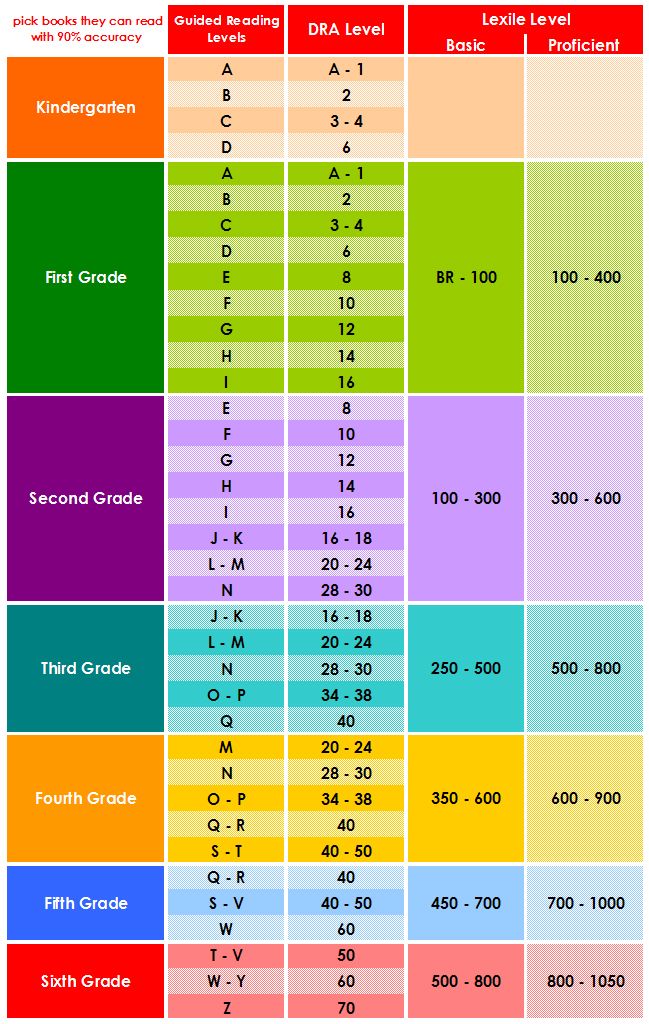 And I'm not talking about methods of memorizing information. This is such an extensive topic that, maybe , I will dedicate a separate habratopic to it.
And I'm not talking about methods of memorizing information. This is such an extensive topic that, maybe , I will dedicate a separate habratopic to it.
Here I focused a bit on something else.
I. HISTORY OF QUICK READING.
During the First World War, British Air Force pilots faced a problem: at high speed, not everyone can instantly count the number of enemy aircraft, and sometimes during a battle it is even difficult to have time to consider whether a plane is flying or enemy.
Then the wise command organized courses for increasing attention for combat pilots. It looked like this: The pilot sat down in front of the tachistoscope and for a short time they showed him photos of his own and other people's aircraft. Over time, the display time of each photo decreased, and in the end it turned out that even if a photo (large enough) is shown for one five hundredth (1/500) of a second, a person can still catch it.
Later, they decided to apply this discovery for civilian purposes, namely: in courses to increase attention when reading.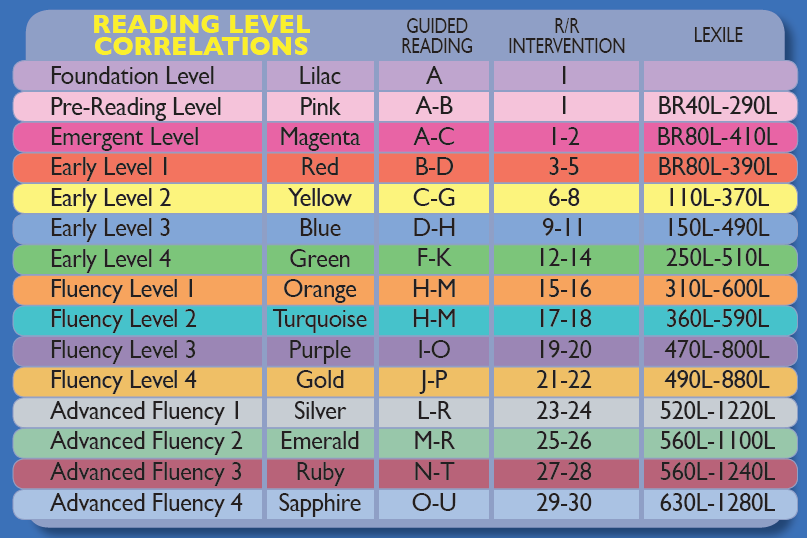 With the same tachistoscope, people were shown words for short periods of time, then a couple of words, then four words, reducing the time of showing one slide to the same one five hundredth of a second, and people could still catch and recognize all four words.
With the same tachistoscope, people were shown words for short periods of time, then a couple of words, then four words, reducing the time of showing one slide to the same one five hundredth of a second, and people could still catch and recognize all four words.
Now, of course, there is no such training, there are more humane methods, but the idea is based on the same thing: a person can catch words quickly, and not one at a time, but in groups. But let's go in order.
II. PART TWO, THE MOST IMPORTANT.
Experiment: ask your friend to show the movement of the eye while reading on a piece of paper. A friend will draw something like this, and the movement will be uniform and continuous:
And that would be completely wrong. In fact, the movement of the eye during reading is not at all uniform. I think you know that the human eye can focus on a stationary object only if the eye itself is stationary (guess what the rule for moving objects is).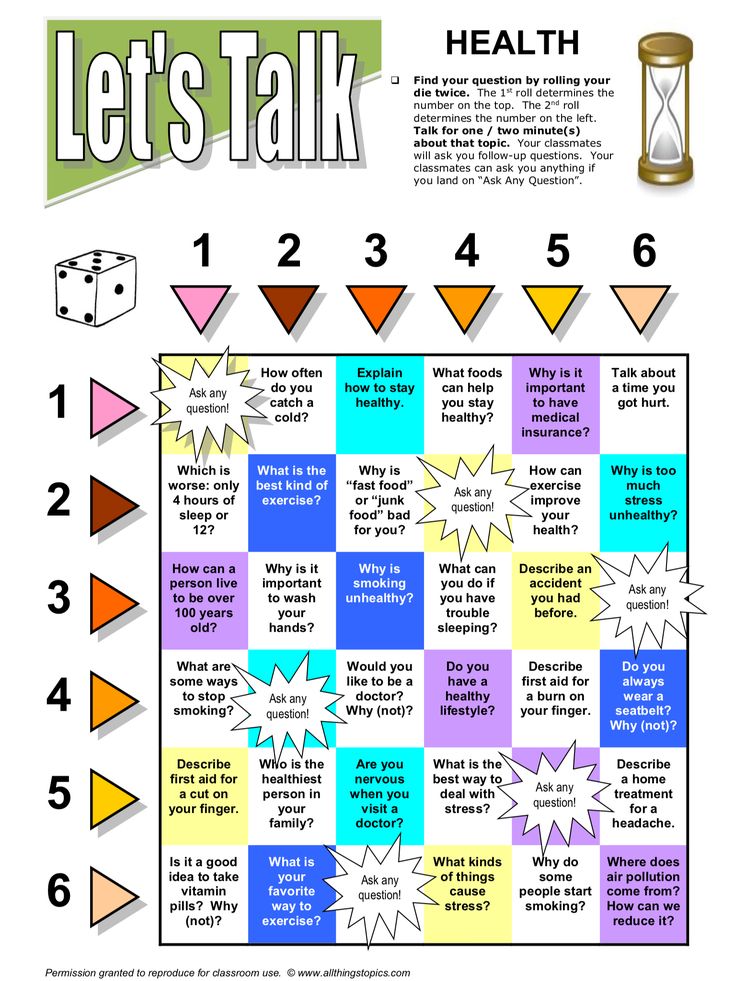 The text in the book is clearly motionless. Therefore, the movement of the eye in a simplified form (within a line) looks more like this:
The text in the book is clearly motionless. Therefore, the movement of the eye in a simplified form (within a line) looks more like this:
I will use the word "fixation" because I did not find anything more suitable in Russian.
So we stop at a word, read it, and move on to the next word. This happens quite quickly, so it seems to us that the eye moves evenly. The transition from word to word is very fast, its time, we assume, is statistically equal to zero.
The picture above is a simplified version, idealized even. In fact, almost all of you (since this is new to all of you) read more like this: 9has no chance to learn to read quickly and efficiently. But no, all problems can be completely solved.
1. Return to the previous word is optional for understanding, 90% of such returns are made by the reader only because it *seems* that he did not learn or did not catch the word. In the remaining 10%, he really did not catch it, because it does not make sense in the context of the sentence.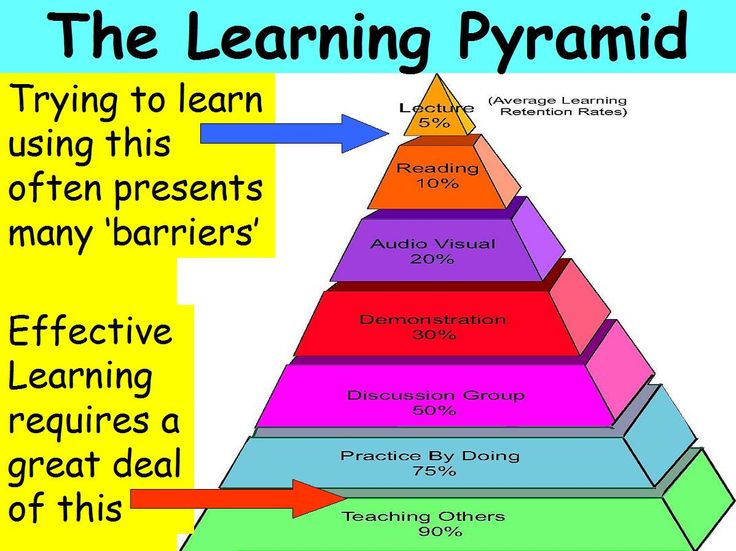
2. The time of each hold can be reduced to 1/4 second. Do not be afraid, this is not too short a time, because the eye can catch words in 1/500 of a second (but we won’t be able to read that fast, because the brain will not keep up with the eye).
3. Each fixation can include not one, but several words (with sufficient training - do not believe it - even a couple of lines at the same time).
Let's talk about the third point (a few words per commit), because this is our key to speed reading. It looks like this:
At first, this may seem complicated or unnecessary. However, in reality, there is nothing but pluses in this way of reading.
Example: Which line is easier for you to read?
white cat was sitting on highway
or
a white cat was sitting on the highway.
Naturally the second.
Profit No. 1: Firstly, a person who reads one word per fixation is forced to first read the word, then attach it to the previous ones read and comprehend what he received. This is extra work for the brain. Even from the example (grotesque and simple) with the cat, it is clear that it is easier to connect two groups of words than 5 single words.
This is extra work for the brain. Even from the example (grotesque and simple) with the cat, it is clear that it is easier to connect two groups of words than 5 single words.
Profit #2: Eyes get less tired. To carry out five hundred fixations per page or one hundred are completely different things, in the second case it is incomparably easier for the eye => it will be able not to get tired for a longer time.
Profit No. 3: A person who reads quickly (at this stage it is already possible to sum up: a person who reads quickly and reads groups of words are actually synonyms) manages to easily follow the meaning of sentences, paragraphs and pages, while a person who is stupid in five seconds over one sentence and constantly jumping to the previous word to reread it, can't focus on the meaning hard enough.
III. EXERCISES AND RECEPTIONS.
Now we know that fast reading (of course, correct) PROMOTES better assimilation of the text.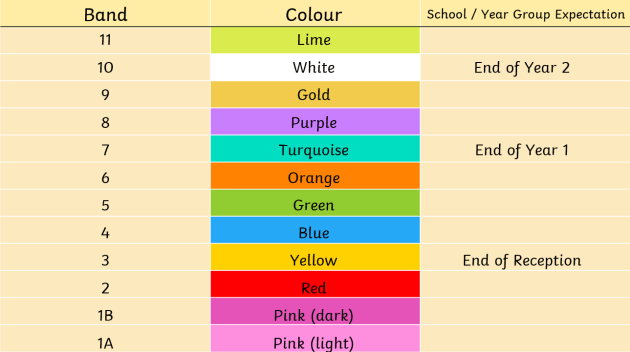 We pass from theory to practice.
We pass from theory to practice.
1) While reading, use a pointer (finger or pencil or knife - whatever you like). Periodically speed up the rate of movement of the pointer.
Experiment: stand in front of a friend (NOT CHINESE) and ask him to imagine a circle in front of him and ask him to slowly “describe” it with his eyes. You will see that the pupil will move along the path of the polygon, similar to what is shown in the picture on the left.
If you give him a pen in his hands and ask him to “describe” the circle with it and at the same time follow the pen with his eyes, you will get something more like the required figure.
This is the idea. Pointers allow us to carry out the correct movements of the eye. He will only move in the right direction, and not jump back and forth.
Vital: you must have found yourself in a situation (on one of the sides) when parents scold a child for reading with his finger on the page. “Learn to read correctly,” parents say.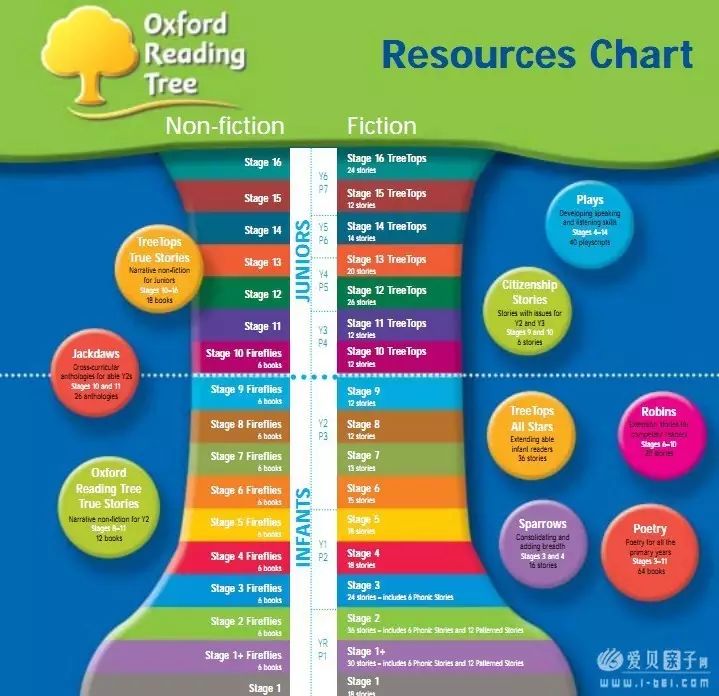 But they are fundamentally wrong. But they could benefit greatly from it. Just ask the child to move their finger a little faster on each new page (or paragraph). The eye will automatically follow the pace of the finger and read faster.
But they are fundamentally wrong. But they could benefit greatly from it. Just ask the child to move their finger a little faster on each new page (or paragraph). The eye will automatically follow the pace of the finger and read faster.
2) Practice reading two lines at the same time (using a pointer).
It seems impossible, but it's actually not that difficult and VERY HELPS when you need to review and get a general idea and preview (before serious reading) of some large amount of material.
At the same time, you can practice with different movements of the pointer: diagonally, just at the bottom of the page, bending ... each one is more convenient for his own).
3) Practice turning pages quickly, trying to catch as many words as possible on each page.
Experiment: drive with a friend in a car (let's say he is driving) at a speed of 90 km/h. A hundred meters before the 30 km / h sign, cover the speedometer with something so that your friend slows down to 30 “blindly”.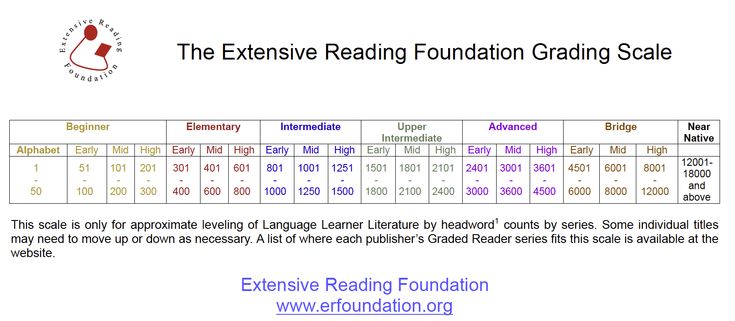 You will be surprised, but a friend will slow down to 50-60 km / h.
You will be surprised, but a friend will slow down to 50-60 km / h.
The moral is this: habit is a terrible thing. If your eye gets used to moving quickly, then it is unlikely that it will return to a snail's speed even later, with a "normal" reading.
4) Practice reading with a metronome (using a pointer). (or, in our time, with a software substitute for a metronome).
You set a certain beat, and each “hit” (click, squeak, what’s in the metronomes now?) Accompany the movement of the pointer (for example, the transition from line to line, or movement from the left margin of the page to the right). From time to time (every page or two... take your pick) increase the frequency of the metronome. and try to keep up with it.
And finally, I would like to finish with three blocks of exercises that are recommended to be performed on an ongoing basis, *at least* 30 minutes a day for at least a few weeks ... Then, when you read “correctly”, the skill will be maintained automatically .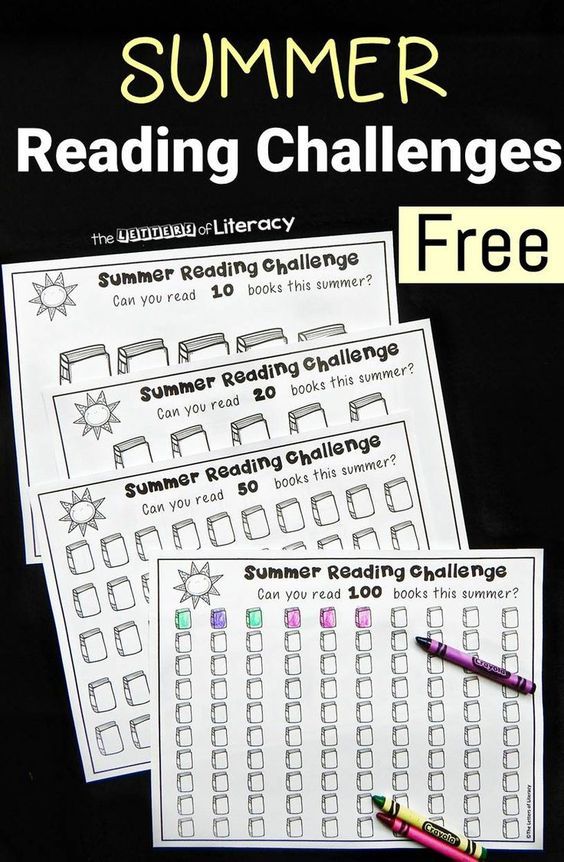
I also attached a table to record the results. Lead it to really feel the progress.
Download table.
Basic exercises.
(it is recommended, if possible, to use different texts, but of the same level of complexity, for example, from the same book)
1. Practice moving your eyes from the top left corner of the page to the bottom right. Purpose: to teach the eyes to move independently and confidently.
2. Read for five minutes (preferably material that will continue to be used),
.
3. Practice flipping through a hundred pages, taking about 2 seconds per page and trying to run your eyes from top to bottom to catch as many words and meaning as possible.
4. a) Read the text for 1 minute as quickly as possible, without worrying about learning.
b) Read for 1 minute with emphasis on comprehension.
.
5. a) Choose some easy-to-understand material. Read for 1 minute, focus mostly on speed, but try to capture as much meaning as possible.
b) Try to improve the result from a) by 100 words per minute.
c) Try to improve the result from b) by 100 words per minute.
d) Try to improve the result from c) by 100 words per minute.
e) Try to improve the result from d) by 100 words per minute.
f) Read the text for 1 minute with emphasis on comprehension.
.
Advanced Exercises #1
a) Use some simple material. Using a pointer (finger, pencil) read, trying to meet the standard of 2000 words in 5 minutes.
b) Try to keep within 4 minutes
c) Try to keep within three minutes
d) Try to keep within two minutes.
e) Read the text for one minute with emphasis on comprehension. Record the result in a table.
Advanced Exercises #2
a) Using the pointer, look through the book for one minute, spending approximately 4 seconds per page.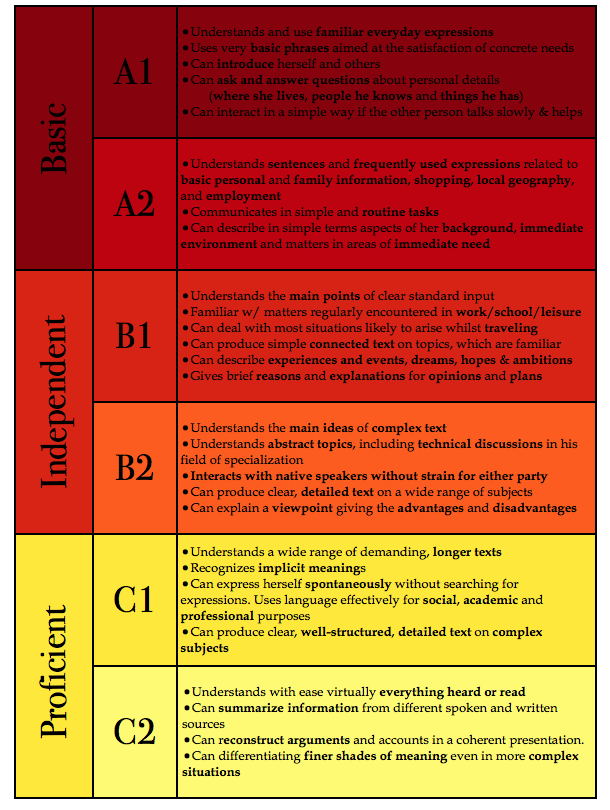
b) Read the same text with an emphasis on comprehension, try to meet the 2000 word limit in 5 minutes.
c) Read for one minute with emphasis on comprehension. Record the result in the table.
That's all, actually :)
And, if you want to ask about the specific results that I got (I abandoned this case six months ago, I studied it out of curiosity, but now writing an article inspired me to take it up again), then, as far as I remember, it was about 500 words per minute in Russian and about 150-200 in English. But I didn't get too hung up on it. So this is not even close to the limit ... Oh yes, in 2003 the world record for speed reading was 3850 words per minute (record holder: Sean Adam, USA).
And finally, illogical, link:
www.youtube.com/watch?v=LWzPztkzGFk
Nothing to do with speed reading, just an awesome song.
Why is it needed - high reading speed?
Why is it needed - high reading speed?
Read more, read faster. Is it really that important? After all, no one sets a goal - to eat more and faster. And books and knowledge are also food, spiritual or intellectual food.
Is it really that important? After all, no one sets a goal - to eat more and faster. And books and knowledge are also food, spiritual or intellectual food.
Reading speed records, which I will talk about a little later, are certainly important, because they show the capabilities of a person. There are also records in running - 100 m in 10 seconds, but no one walks at such a speed in life.
Must be a reading target. Otherwise, it is like a ship increasing its speed, but having no goal or final destination of its voyage.
Well, that seems to be enough metaphors. Let's figure it out - with the main technical parameters of reading. In addition to the reading speed itself, there are such concepts as text comprehension and reading productivity.
The most important parameter is productivity, i.e. the ability to work through the text with a minimum of time and effort. And the goal is precisely to increase this productivity of reading.
Productivity, on the other hand, depends on the ability to properly plan and organize the reading process, and not just on the speed of reading.
At one time I achieved a high speed of reading, but at the same time I realized that aimless reading at a high speed only strengthens Chaos in my thoughts. Therefore, after mastering this skill, I became interested in the development of the skill "Clearing rubble" and "Unfinished business". I then turned to the classification of bibliography and reading objectives. This, in fact, formed the basis of my Personal Reading System.
But, nevertheless, in this article we will talk about the speed of reading. In the presence of other components of the System, this is a very important part of it.
Let's start with the usual reading speed - the so-called mechanical reading speed.
i.e. without the absence of any reading technique. This is how we are used to reading, we can speed it up a little, slow it down a little, but in fact, the average speed will not be higher - 200 words per minute.
95% of people read at 180-220 words per minute (1 page in 1. 5-2 minutes). At the same time, the level of understanding of the text is about 60%.
5-2 minutes). At the same time, the level of understanding of the text is about 60%.
In our country, the state standard for reading speed for primary school students is set: for the first grade - 30-60 words per minute, for the second - 90-110 and for the third - 110-140.
In the United States, the following reading speed standards have been introduced, taking into account the assimilation of the content of the text (at least 70 percent): for elementary school students - 80-158 words per minute, middle school students - 175-204, high school students - 214-250, for students - 250-280, for highly qualified readers - 340-620 words per minute.
In a 1956 research project at Northwestern Polytechnic University, C. Napier and E. F. Hart surveyed 147 readers: 82 in the business community and 65 in the general population. The average speed was 232 words per minute. The speed among business people was 223 words per minute, among the rest of the public - 241 words per minute.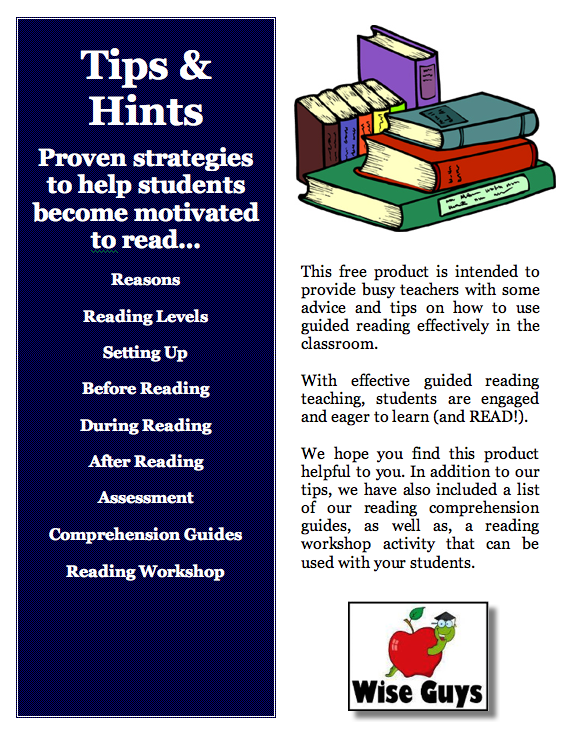 At the same time, two-thirds of the participants read at about 200 to 300 words per minute.
At the same time, two-thirds of the participants read at about 200 to 300 words per minute.
Further surveys have shown that an average speed of 230-250 words per minute is typical for most readers, but among business people this speed can vary greatly.
Each of us has internal unused reserves. As readers, we should strive to reach speeds of over 300 words per minute and digest text content at a rate of at least 70 percent.
To increase the speed of reading, it is necessary to apply some techniques, hence the technical speed of reading. i.e. speed, which is formed as a result of the use of various reading techniques.
Verbal reading speed has a limit (600-700 words per minute). This is the number of words people can pronounce in 60 seconds. So if we keep reading the way we've been taught,0192 pronouncing to ourselves, then our reading speed cannot exceed 700 words per minute.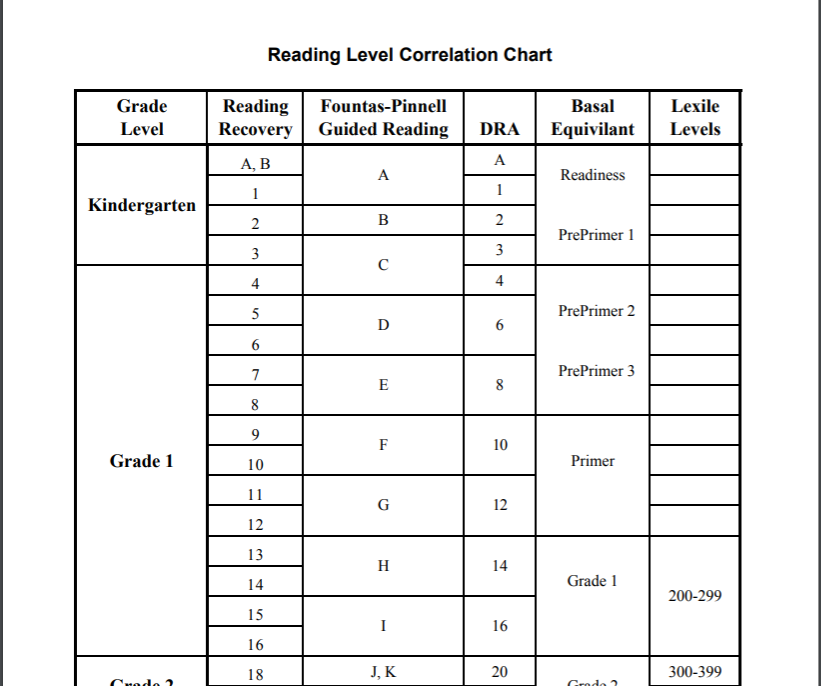
In order to increase the speed of reading by about one and a half times, it is enough to stop looking back and reread the text. How to do it? It's easy to form a new reading habit only forward, no backtracking. Begin to consciously follow the movements of the eyes and “allow” them to move only forward.
At the same time, studies show that the higher the speed, the higher the degree of understanding of the text. This is because information is organized into meaningful chunks that are immediately understandable to your brain.
The Andreev School proceeds from the speed scale shown in the table:
I expanded the table by including, for convenience, the average number of words. The speed reading course allows on average to increase the reading speed by 3 times compared to the original; Typically, students achieve reading speeds of 3,000 characters or more per minute. This pace allows you to read about 100 medium format book pages in an hour.
Reading records
The reading speed of 16-year-old Ira Ivachenko from Kiev is 163,333 words per minute with complete assimilation of what was read. This achievement was officially registered in the presence of journalists.
This achievement was officially registered in the presence of journalists.
The unofficial reading speed record - 416,250 words per minute - belongs to another Kiev resident, Evgenia Alekseenko. The record was set on September 9, 1989 during one of the tests by the center's management in the presence of 20 course participants. At the time of setting the record, Evgenia was 16 years old. It takes her about a minute to read a medium format book. Eugene retells the content of what he read for hours, without missing the smallest details.
In his book How to Pass Exams, world champion memorizer Dominic O'Brien tells the incredible story of Eugenia.
Curiously, no one knew about the unique ability of this young lady until she was 15 years old. It was then that her father gave Evgenia a long newspaper article to read. When, two seconds later, she returned the newspaper to him, saying that the text seemed interesting to her, the father decided that the girl was joking.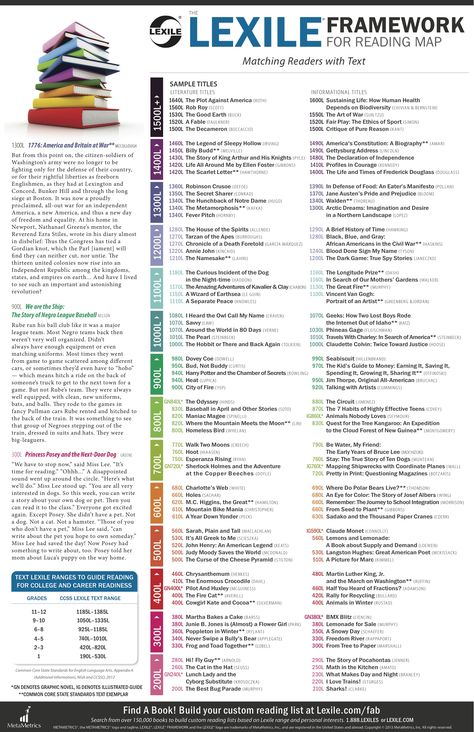
However, her answers to the questions her father asked about the content of the newspaper article turned out to be correct.
Evgenia herself admits: “I have no idea what my secret is. The pages fly into my head on their own, and I remember the “meaning” rather than the exact text.
There is some kind of analysis going on in my brain that I can't really explain. But I feel like I have a whole library in my head!”
Svetlana Arkhipova, a student of the Russian School of Oleg Andreev, set a reading speed record of 60,000 characters per minute. It is listed in the Guinness Book of Records.
American Sin (Sean) Adam became the record holder for speed reading. In 2003, he set a world record of 3,850 words per minute.
Englishwoman Ann Jones has won the World Speed Reading Championship six times. Her reading speed is 4,253 words per minute. Now Ann is very famous in the UK in the field of speed reading. In addition, she travels the world to provide speed reading training for her clients.
Presidents John F. Kennedy and Franklin Roosevelt also practiced hard in speed reading and achieved excellent reading results of over 1,000 words per minute.
M. Gorky read at a speed of 4,000 words per minute. A.S. Novikov-Priboy, recalling the days spent in Gorky's company, told how the famous writer read magazines. He simply glanced at them, page after page, and in the end it took him only a few minutes to “swallow” the magazine. Thus, Gorky could read a huge pile of magazines in a short time.
Balzac read at a rate of about 2,000 words per minute. Napoleon read at a rate of 2,000 words per minute.
E.D. Bonch-Bruevich recalls that Lenin had a phenomenal memory. As soon as he read a page from a book, he could immediately reproduce it close to the text, despite the fact that he read diagonally. P.N. Lepeshinsky claims that the degree of tension of Lenin's mental apparatus during reading was simply phenomenal. He remembered almost 100 percent of what he read, and he could read in several languages with equal success.